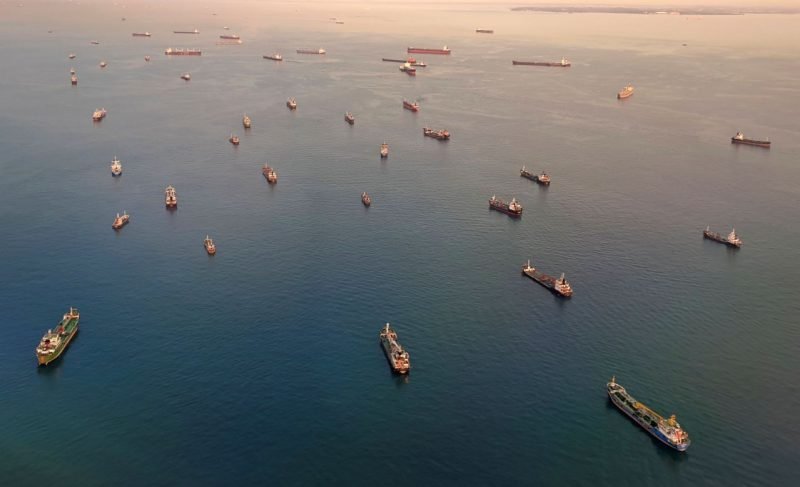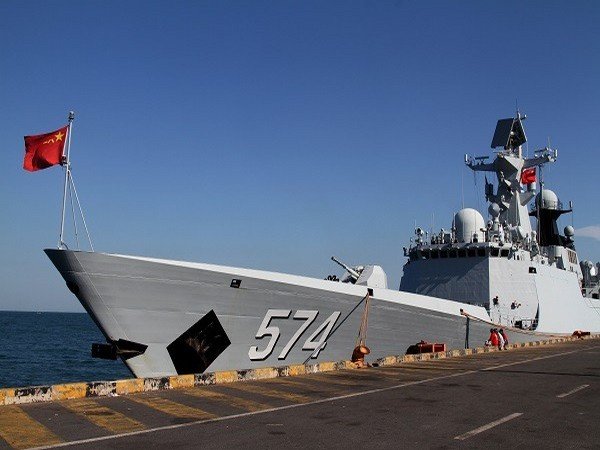The Cocos and the Andamans

The Indian Ocean is a vast water body with immense importance in the realm of geopolitics. For China, it is even more important due to the Malacca Dilemma. China understands its dependency on the Strait of Malacca as the single most effective sea trade route and therefore remains anxious about possible blockades in an event of a conflict. Hence, China needs to grow its foothold in the region since freedom of navigation can render China in a position of vulnerability.
Sanat Kaul in his book Andaman and Nicobar Islands: India’s Untapped Strategic Assets mentions that Chinese strategists have a plan to find an alternative to the Strait of Malacca to break free of their dependency on a single route and this alternative can be through Myanmar. China also found an exploitable opportunity when the West put Myanmar under sanctions and therefore had no options left but to side with China. Since then, the deep economic and military relations between the two countries have led to several initiatives in Myanmar.
China’s ambition to become a Blue Water Navy and Indian domination of the Indian Ocean has put the region in a situation of power play where strategic buildups on the Coco Islands and Andaman and Nicobar Islands have become a strategy for both China and India.
Myanmar formerly known as Burma became a self-governing Crown Colony in 1937 after its separation from India with Coco Islands as Burmese territory. During the Second World War, the Andaman and Nicobar Islands and Coco islands were invaded by Japanese forces. In 1943, political jurisdiction of the Andaman and Nicobar Islands along with Coco islands were handed over to the government in exile of Indian freedom fighter Netaji Subhas Chandra Bose then called the Azad Hind government. While political jurisdiction remained under Netaji Bose, the territorial control remained under the Japanese Navy. Coco Islands became part of Burma now known as Myanmar in 1948 when it regained independence from the British.

Coco islands became a concern for India ever since 1994 as Myanmar leased the island to the People’s Republic of China. The concern was regarding the possible monitoring of Indian missile launches into the Bay of Bengal and the Indian Ocean. Speculations regarding active Chinese presence in both Great Coco Island and Little Coco Island started in the 1990s. While there were frequent reports regarding the building of infrastructure, the acknowledgments were only limited to the building of runways, airstrips, and naval piers.
With an active Chinese presence and constant building of infrastructure, India too has an imperative to boost its strategic depth in the region. One measure that India must focus on is strict surveillance of the Indian Ocean Region (IOR) and monitoring of activities in the Coco Islands. With increased investments in Myanmar and the strengthening of relations, Chinese military presence is a possibility. Such deployment will not only affect India but also other regional nations especially Australia which happens to be a member of the Quad.
With a fully functional Signals Intelligence (SIGINT) base on the islands, China can have a strategic overreach into the Indian Ocean. With a facility like this, naval movements in the Indian Ocean Region, shipping routes between the Strait of Malacca and Bay of Bengal can be surveilled. It must be noted that India has important institutions located in the region like the Indian Space Research Organization (ISRO) in Sriharikota and Defense Research and Development Organization (DRDO) at Chandipur.
The deployment of the People’s Liberation Army Navy submarines in the Indian Ocean Region is unnerving for New Delhi and there are concerns that these submarines can collect vital information regarding the Indian Navy’s underwater operating environment in the sub-continental littorals. Given the aggressive expansionist maneuvers of China in the Indian Ocean Region, it only makes sense for India to level up its strategy and make full use of the resources they have in the region.
Here, the Andaman and Nicobar Islands (ANI) prove to be a strategic edge for India for two reasons. Firstly, the Tri-services command of the Indian Armed Forces known as the Andaman and Nicobar Command housing the Army, Navy, and the Air Force is stationed at Port Blair and secondly, the command’s geographical proximity to the Strait of Malacca, in any event of a conflict, the Indian Navy can blockade the maritime route choking the most important trade sea route for China. With its presence, India can conduct naval exercises with other nations in the region, the most significant of those being MILAN and MALABAR.

Here, the situation gets more complicated. While we assess that there can be a possible confrontation given the assertive nature of China, PLAN has not yet crossed Indian maritime territories or the Exclusive Economic Zones (EEZ). India does have the option for ‘Trade Warfare’ but such strategic measures would include “interdicting Chinese oil tankers in the Eastern Indian Ocean”. This would result in a severe blowback for India if China chooses to retaliate by targeting Indian shipping in the Western Pacific. Other than that, regional nations of ASEAN would see the tussle between the two powers unacceptable as the smaller nations would be affected if the regular shipping is hindered. Thus, an aggressive approach by India can make matters worse as it would give China the reason to retaliate. Even though the situation is complicated, and an aggressive approach as the primary strategy can de disastrous, India still has all the right reasons for going for strict surveillance of the region. The Indian Navy by tracking every Chinese movement in the region can prevent further buildup of Chinese presence.
Citing China’s expansionist maneuvers and strengthening foot in the Indian Ocean Region, strategists and observers can’t help but see an inevitable naval conflict. On a grand scale, we can see the region as a possible site for armed naval conflict which both India and China would prefer to avoid. In this situation, maritime diplomacy becomes even more important. Here, the importance of Quad should be realized. The Indian Navy can make use of the formation to deepen the naval cooperation with Japan, Australia, the United Kingdom, France, and the United States.
References:
Selth, A., (2008), Burma’s Coco Islands: Rumours and Realities in the Indian Ocean, Working Paper Series, No. 101, Southeast Asia Research Centre, City University of Hong Kong.
Bhat, Col. V., (2017), Strong need to monitor activities in strategic Coco Islands, Observer Research Foundation.
Singh, A., (2019), Andaman and Nicobar: India’s ‘strategic anchor’ ‘holds ground, Observer Research Foundation.
Kaul, S., (2015), Andaman and Nicobar Islands: India’s Untapped Strategic Assets, Institute for Defense Studies and Analyses.


















